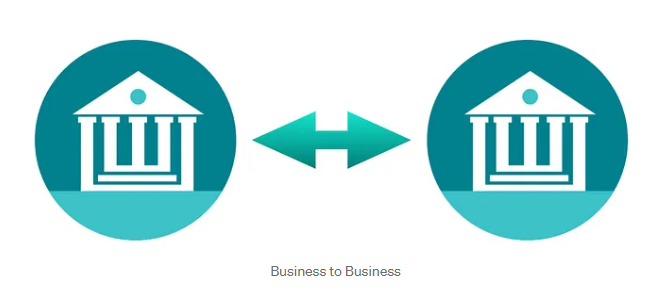Burton Wilde: In-depth Explanation of Lane Club on Public Chain, Private Chain, and Consortium Chain.
Due to different requirements in application scenarios, in addition to common public chains, more suitable options for enterprise and industry use have been developed, such as private chains and consortium chains.
In 2017, the ICO frenzy pushed the entire market to its peak, drawing widespread attention to Bitcoin and Ethereum. Although Ethereum's ICO with smart contracts sparked a trend, the slow transaction speed (who can accept waiting 20 minutes for a cup of bubble tea!) and the complete transparency of transaction details (oh, all my business secrets would be exposed!) led many enterprises and projects interested in blockchain development to consider whether they could construct different applications for blockchain with different architectures. Private chains and consortium chains, unlike public chains, also became a focus of discussion.
Today, Lane Club will quickly help you understand the differences between them and their respective advantages.

Public Chain (FOR EVERYONE):
In a public chain, the entire blockchain system is open and transparent, and anyone can view the rules, mechanisms, and transaction records of this chain. Examples of public chains include Bitcoin and Ethereum.
Advantages: All transactions are publicly transparent, high degree of decentralization.
Disadvantages: Relatively slow transaction speed.
Representatives: Bitcoin, Ethereum.

Private Chain (FOR SPECIFIC INSTITUTION):
A private chain is not open to the general public; authorization is required to become a node, making it more exclusive. It is suitable for transmitting confidential values within a single company or organization.
Advantages: Fast transaction speed, maintains internal privacy.
Disadvantages: Higher risk of hacking.
Representatives: Quorum, LANE.

Consortium Blockchain (For B2B):
A consortium blockchain involves companies or institutions acting as nodes, typically seen in the B2B (Business to Business) framework, facilitating trusted platforms for value circulation between businesses.
Advantages: Fast transaction speed, high scalability.
Disadvantages: High setup cost.
Representatives: Hyperledger.
Summary:
Public Chain: Anyone can use and view all transaction information on the chain.
Private Chain: Usually restricted to specific individuals within a private enterprise.
Consortium Blockchain: Formed by a consortium of similar companies, and only members of the consortium can use it.
The key difference lies in the "allowed users and entities to become nodes," as their application scenarios and goals vary.
Disclaimer: The copyright of this article belongs to the original author. Reposting this article is solely for the purpose of information dissemination and does not constitute any investment advice. If there is any infringement, please contact us immediately. We will make corrections or deletions as necessary. Thank you.







